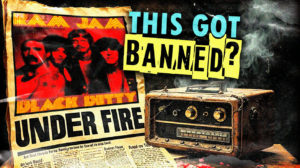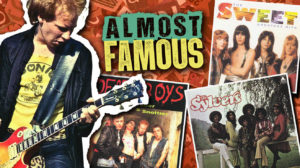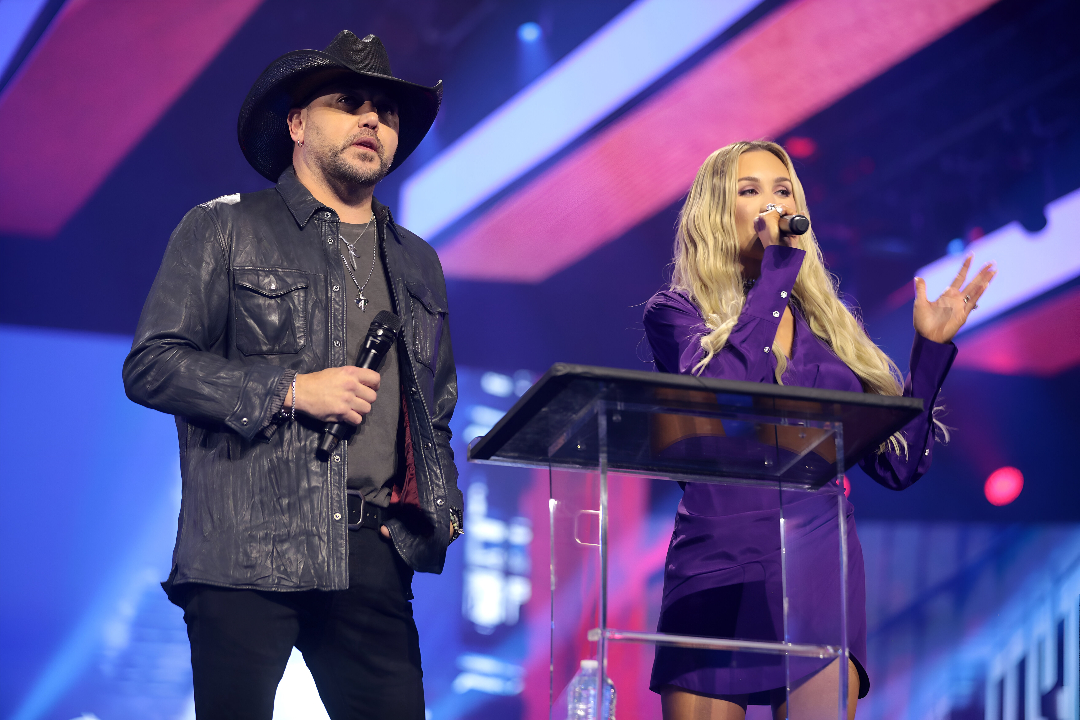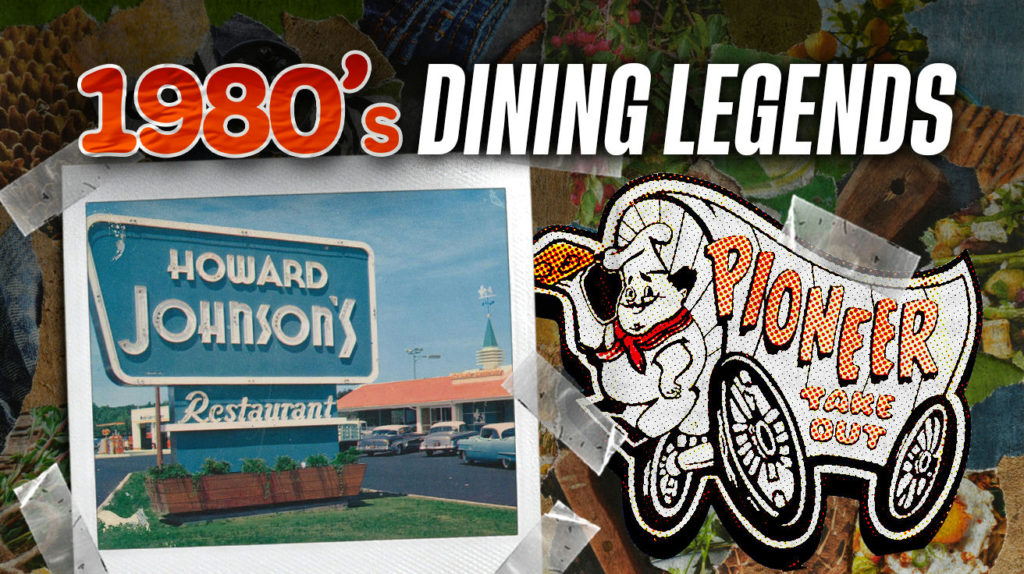
Remember when dining out meant fern-filled corners, unlimited salad bars, and neon cocktails that glowed nearly as bright as the waitstaff’s enthusiasm? The 1980s restaurant scene was theater, excess, and unabashed culinary swagger packaged in themed environments that would make a movie set designer blush. These were cultural cathedrals where middle-class America worshipped at the altar of affordable indulgence.
These extinct food empires collapsed spectacularly, dinosaurs watching the meteor approach while still serving their final mud pie desserts. What caused these once-mighty dining dynasties to fold their cloth napkins for good?
10. Lums
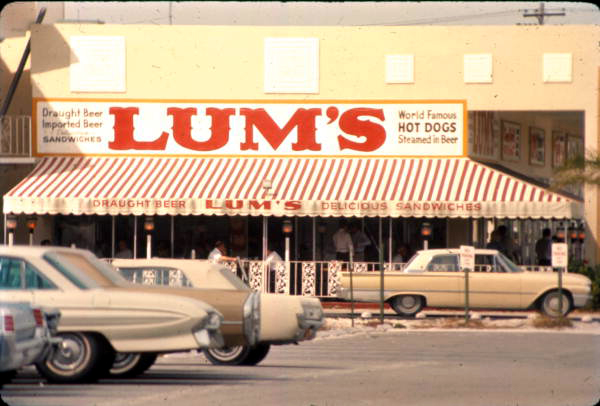
Before craft beer became a personality, Lums pioneered beer-food fusion with hot dogs steamed in beer—a culinary innovation captivating American imagination and expanding the chain to over 400 locations. College students flocked to Lums like migratory birds following an alcoholic breeze, drawn by affordable meals with rebellious beer infusion when alcohol in food seemed wildly sophisticated.
Their signature Ollieburger featured a proprietary spice blend—the fast-food equivalent of a state secret. Lums demonstrated serious business ambition in 1969 by purchasing Caesar’s Palace in Las Vegas—your neighborhood bartender suddenly buying a professional sports team. As fast-food competition intensified, newer concepts with stronger identities stole Lums’ customer base.
Multiple ownership changes failed to revitalize the struggling brand, and the final Lums restaurant closed in 2009, taking the secret of how much beer actually flavored those famous hot dogs.
9. Howard Johnson’s
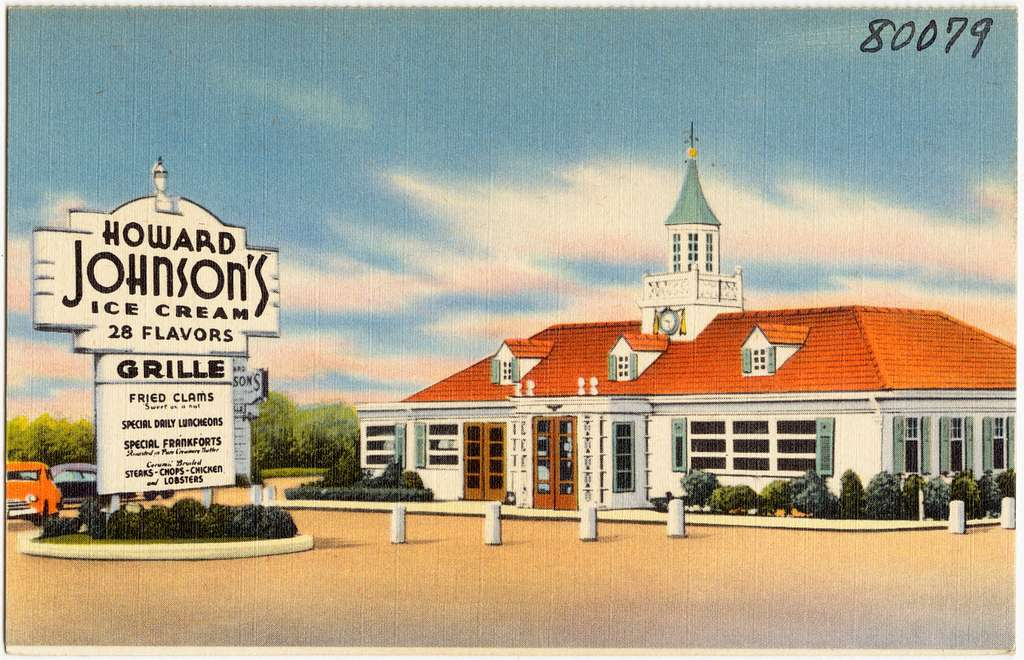
With bright orange roofs piercing the sky as beacons for hungry travelers, Howard Johnson’s shaped how America experienced the open road. Their iconic ice cream selection represented just one category of forgotten foods from the 70s that shaped American dining habits for generations. At its zenith in the 1980s, over 1,000 HoJo’s restaurants stood sentinel alongside highways, usually paired with motor lodges where weary families crashed after gorging on fried clam strips and ice cream from the legendary 28-flavor selection.
The interstate highway system that initially fueled HoJo’s expansion engineered its demise, as faster roads meant fewer stops. The final HoJo’s restaurant served its last scoop in 2022, marking the end of an American dining institution that had outlasted 12 presidencies.
8. Shakey’s Pizza
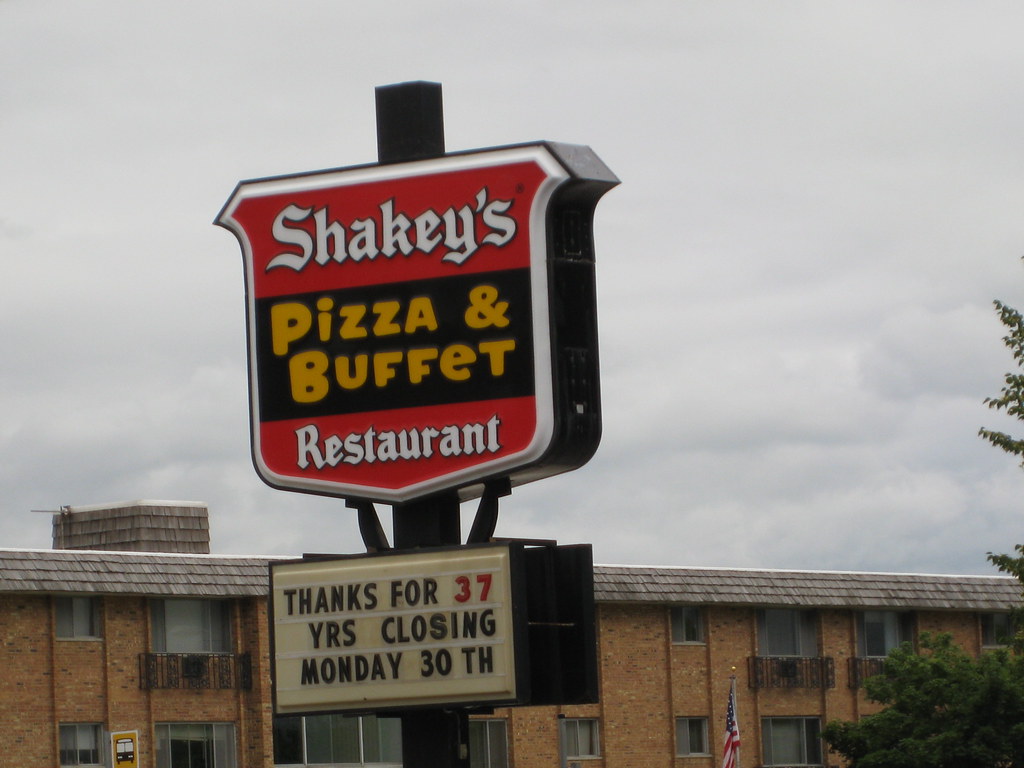
Before Chuck E. Cheese introduced animatronic nightmares, Shakey’s created the original food-as-entertainment concept with a simple formula: pizza + live Dixieland jazz = family dining nirvana. As America’s first franchised pizza chain, Shakey’s expanded to roughly 500 global locations during the 1980s, creating community spaces where thin-crust pizza, fried chicken, and addictive Mojo potatoes fueled countless celebrations.
As delivery-focused chains targeted consumers who preferred eating while watching “Miami Vice” at home, Shakey’s struggled to adapt. Today, only about 20+ U.S. locations remain, mostly in California, serving as pizza history museums where nostalgic Gen-Xers take confused children to explain pre-smartphone dining.
7. Chi-Chi’s
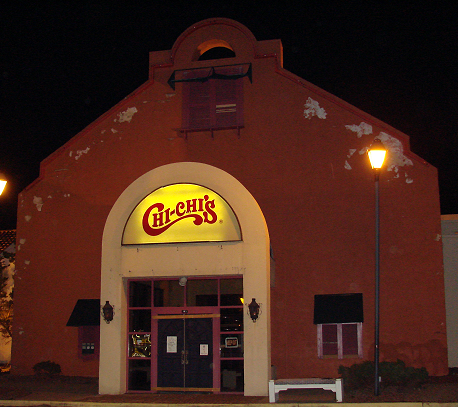
Before Americans knew their queso from their quesadilla, Chi-Chi’s swaggered onto the dining scene, a sombrero-wearing ambassador translating Mexican cuisine for middle America’s hesitant palates. With more than 200 locations in its prime, this chain made Mexican food theatrical—servers delivered sizzling fajita platters with Broadway performer flair, trailing steam clouds visible three tables away.
Chi-Chi’s made Mexican food a celebration—birthdays happened under piñatas, menus featured “Mexican pizzas,” and fried ice cream arrived magically with cinnamon and honey. As Americans grew sophisticated about authentic Mexican cuisine, Chi-Chi’s found itself stuck in culinary no-man ‘s-land. The final curtain fell after a devastating double-whammy: bankruptcy in 2003 followed by a hepatitis A outbreak linked to green onions from a Pennsylvania location.
6. Bennigan’s
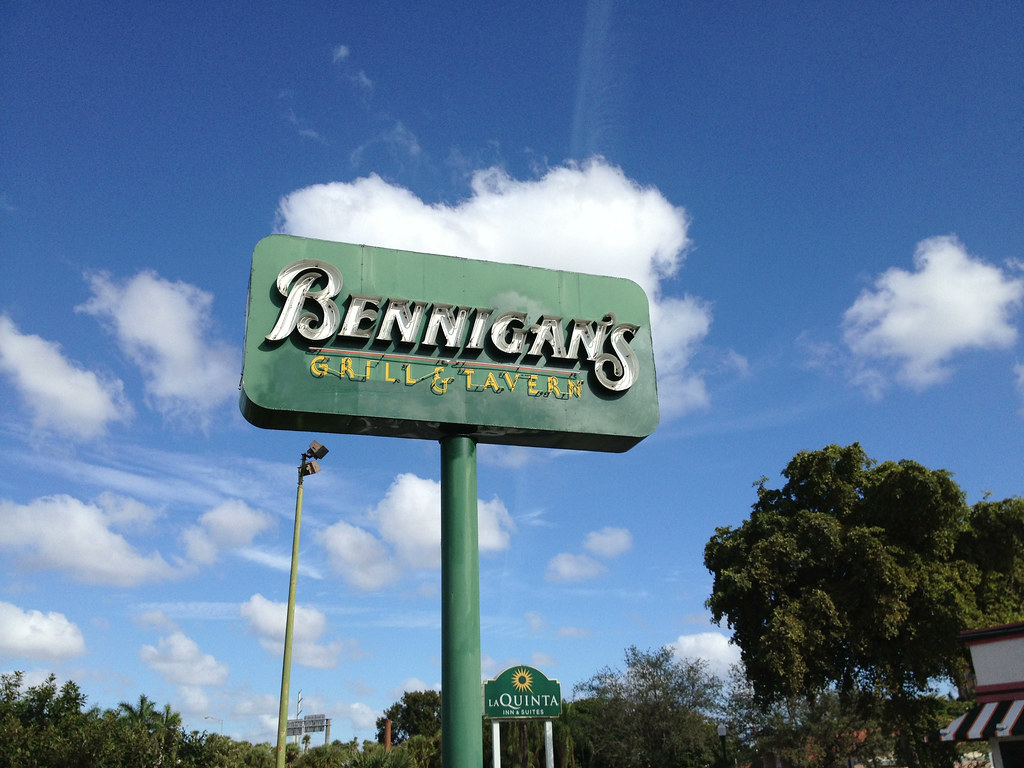
Bennigan’s was where the 1980s went to party in faux-Irish splendor after punching out from jobs at the savings and loan. With shamrock-green signage beaming across 300 locations, this chain perfected turning random weeknights into celebrations through potato skins, mozzarella sticks, and bartenders who knew exactly how many umbrellas belonged in each elaborate cocktail.
The restaurant pioneered the “fern bar” revolution—that curious cultural moment when Americans decided drinking establishments should contain more plants than rainforests. Their Monte Cristo sandwich became the must-have dish your doctor now warns against. By 2008, bankruptcy forced mass closures of 150 corporate locations, leaving empty buildings where faint ghosts of birthday celebrations and clinking Long Island Iced Tea glasses remain. Today, approximately 10-15 US locations and 15 international outposts keep the shamrock burning.
5. Pioneer Chicken

In the high-stakes world of fast-food chicken, Pioneer carved its territory with a distinctive orange-hued coating making their fried chicken look fresh from a tanning salon. Expanding to roughly 270 locations primarily throughout California, Pioneer gained fame for crispy chicken and daring to offer parts deemed too adventurous—gizzards and livers, reminding Americans that chickens had more than wings and breasts.
Pioneer Chicken infiltrated California culture so thoroughly during the 1980s that it made movie and TV cameos, becoming visual shorthand for authentic Los Angeles. Health trends favoring grilled options dealt another blow to Pioneer’s fried-or-nothing approach. By the 1990s, most locations had disappeared, leaving only a handful preserved by independent operators maintaining original recipes for dwindling populations who remember when chicken came in bright orange boxes instead of buckets.
4. Roy Rogers Restaurants
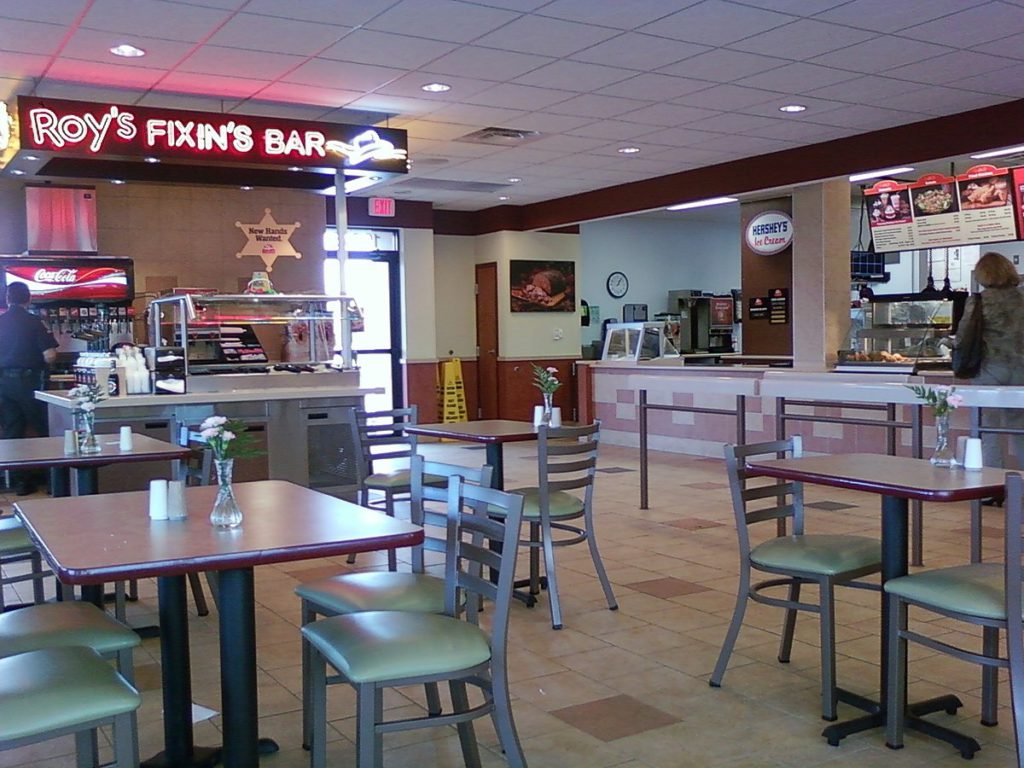
Named after the singing cowboy who never met a white hat he didn’t like, Roy Rogers Restaurants lassoed hungry Americans by refusing to pick sides in the fast-food wars. Roy’s bold strategy—the fast-food equivalent of dating multiple people simultaneously—offered everything under one roof, expanding to over 600 locations by the mid-80s.
The stroke of genius was the “Fixin’s Bar”—a DIY condiment station empowering customers to build burger masterpieces or sabotage them with pickle-to-meat ratios defying structural engineering. The western-themed décor provided the perfect backdrop for suburban adventure-seeking families. Roy Rogers competed in an increasingly crowded landscape of drive-through restaurants that promised convenience alongside consistent, family-friendly meals. Sadly, the brand suffered the corporate equivalent of being shot when Marriott sold the chain in the 1990s. Today, a small posse of approximately 40 locations, mostly along the Eastern seaboard, serves loyal customers who reminisce about the golden age when fast food wore chaps.
3. Naugles
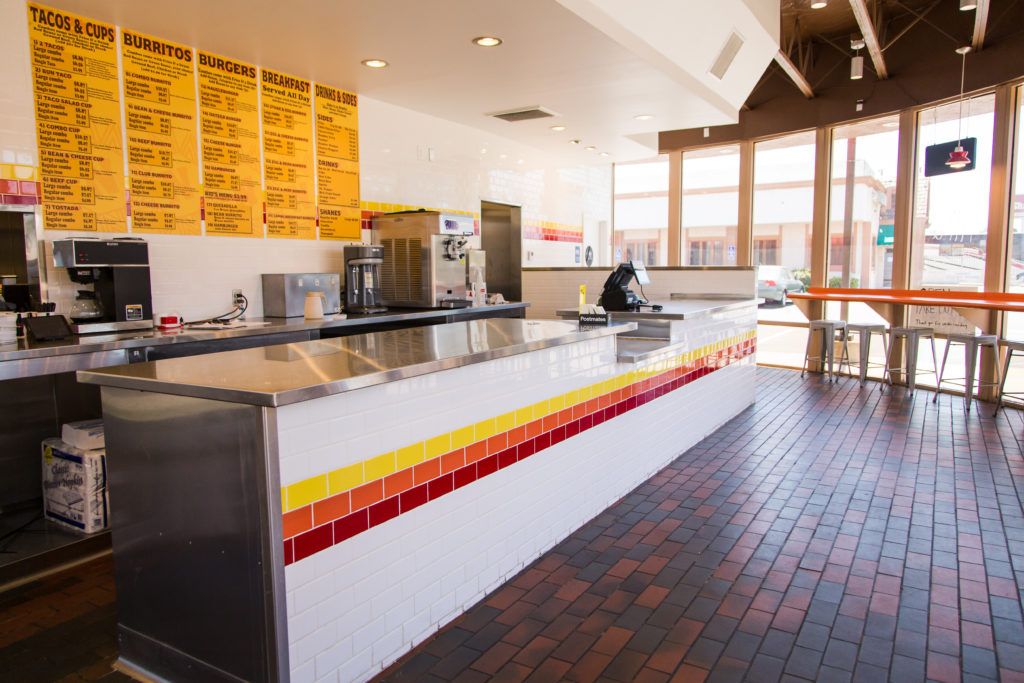
Before the Crunchwrap Supreme existed, Naugles blazed across the fast-food landscape with Tex-Mex at warp speed. Expanding to over 275 locations throughout the 1980s, Naugles operated under a simple mantra from a motivational poster: “Prepare food fresh, serve customers fast, keep place clean.” Add items with macho-man names suggesting burritos could bench-press your hunger, and you had the recipe for cult-like devotion.
Naugles deserves a bronze plaque for popularizing the breakfast burrito—that handheld morning miracle saving countless commuters from dashboard dining disasters. Their menu featured boundary-pushing innovations: the Macho Burrito (roughly newborn-baby-sized) and the Bun Taco (a hamburger-taco hybrid that confused and delighted equally). Despite regional success, Naugles disappeared after being acquired by Del Taco in the late 1980s, most locations converted by the early 1990s.
2. Ponderosa Steakhouse
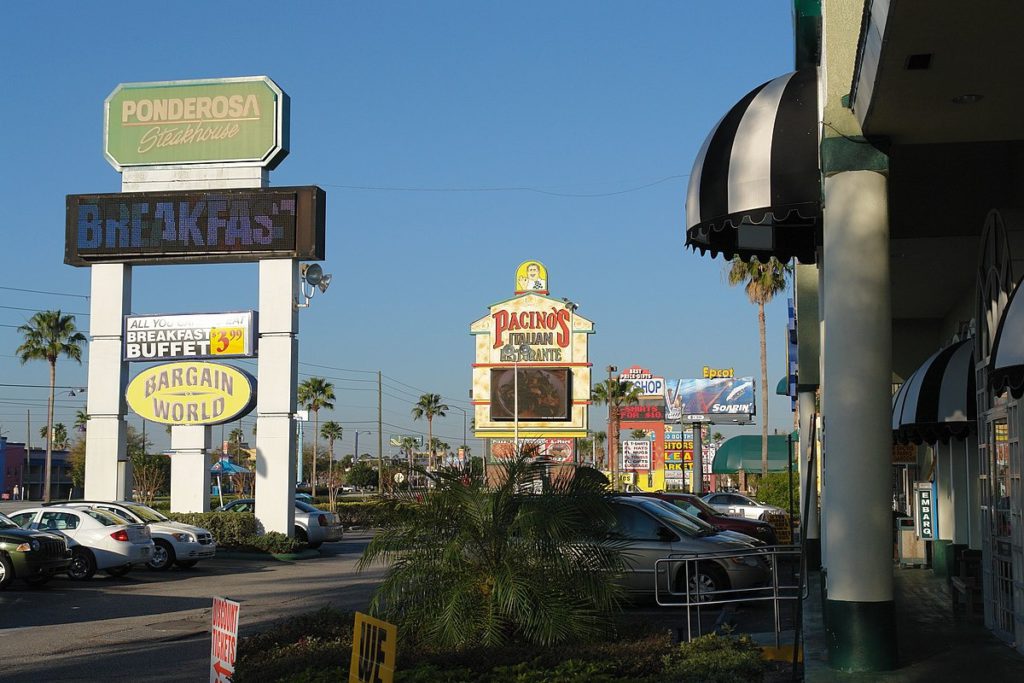
In the glorious heyday before anyone counted calories or questioned unlimited refills, Ponderosa Steakhouse rode across the American landscape a budget-friendly cavalry, rescuing families from the tyranny of home cooking. With over 600 locations by the mid-80s, this steakhouse chain transformed dinner out from special occasion to weekly ritual through one revolutionary concept: the unlimited salad bar—that magnificent, sneeze-guarded wonderland of pasta salad mountains and bacon bit valleys.
The fall of this budget steakhouse empire reads similar to a Wall Street tragedy. While customers maximized their $4.99 investment at the dessert station, corporate raiders carved up the company with dad-at-the-prime-rib-station enthusiasm. Entrepreneur Asher Edelman slashed costs faster than a hibachi chef at a birthday party. Rising beef prices delivered the final blow, and by 2008, the parent company filed for bankruptcy with debts between $100-500 million. Today, finding a Ponderosa is almost as rare as spotting a unicorn—fewer than 20 locations remain from the original 600+, leaving empty buildings with suspiciously ranch-dressing-shaped stains.
1. Rax Roast Beef
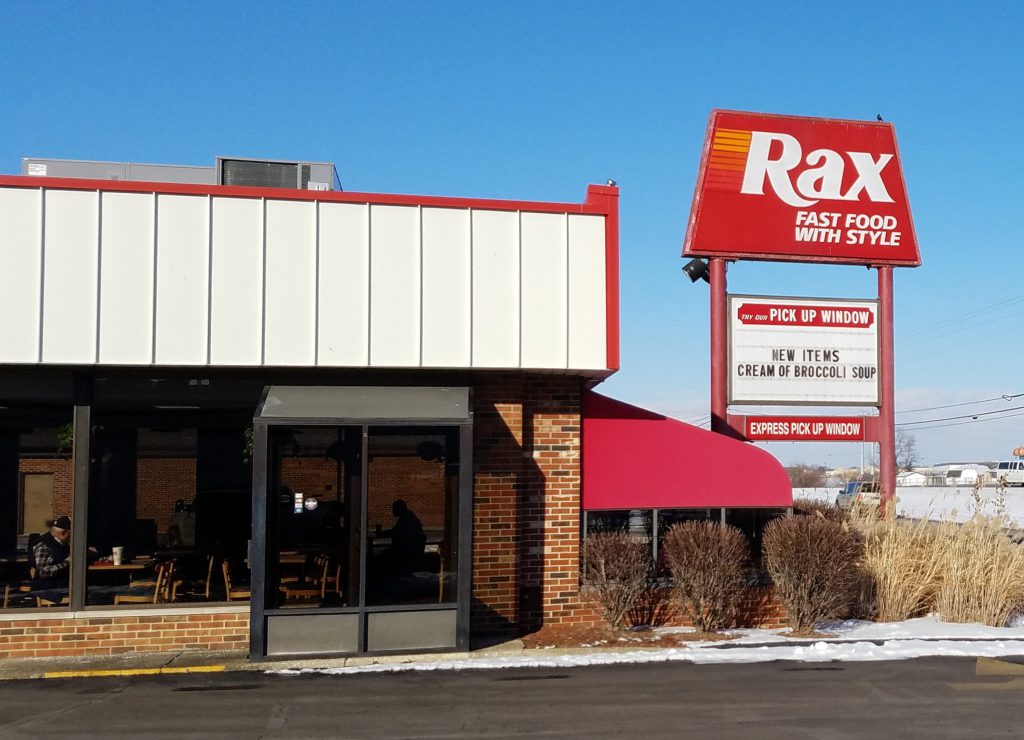
In the high-stakes fast-food arena of the 1980s, Rax Roast Beef attempted an ambitious high-wire act combining Arby’s expertise, Wendy’s quality, and emerging salad bar trends, a culinary Dr. Frankenstein creating the perfect fast-food monster. Expanding to over 500 locations across 38 states during the Reagan years, Rax briefly seemed poised to revolutionize quick service dining.
The chain’s “endless salad bar” stood as its crown jewel—a wonderland of pasta salads, pudding cups, and mysterious bacon bits. Rax appeared to solve the eternal family restaurant dilemma: kids constructing ice cream sundaes while parents pretended three salad bar trips constituted “watching their diet”. Today, fewer than 10 locations remain—primarily in Ohio—serving faithful roast beef devotees who gather as members of a nearly extinct religion, passing down tales of unlimited taco bars to disbelieving younger generations.





